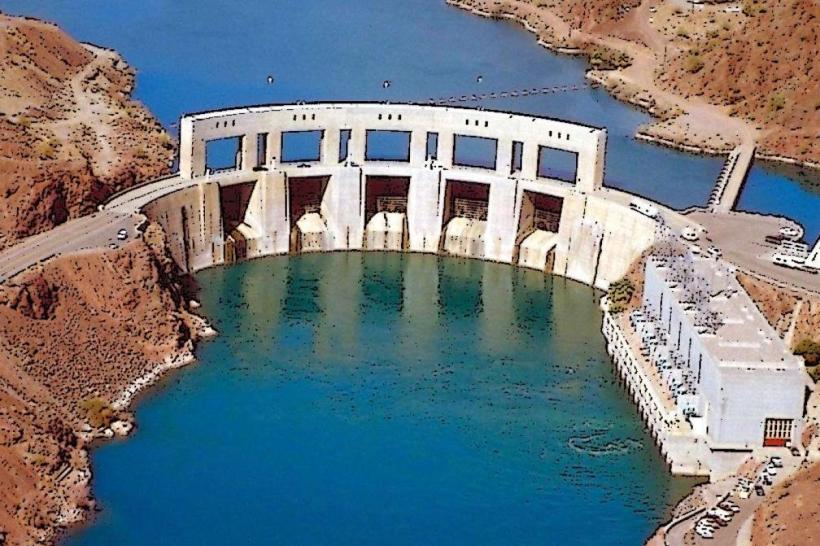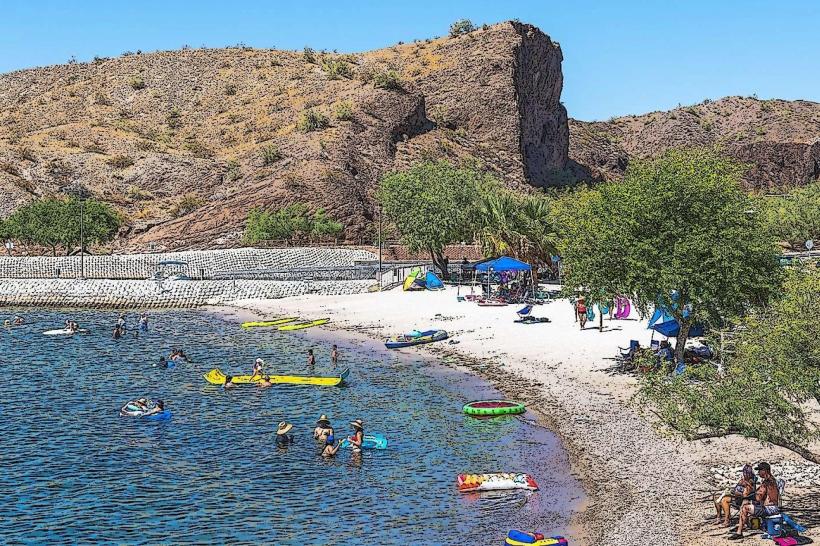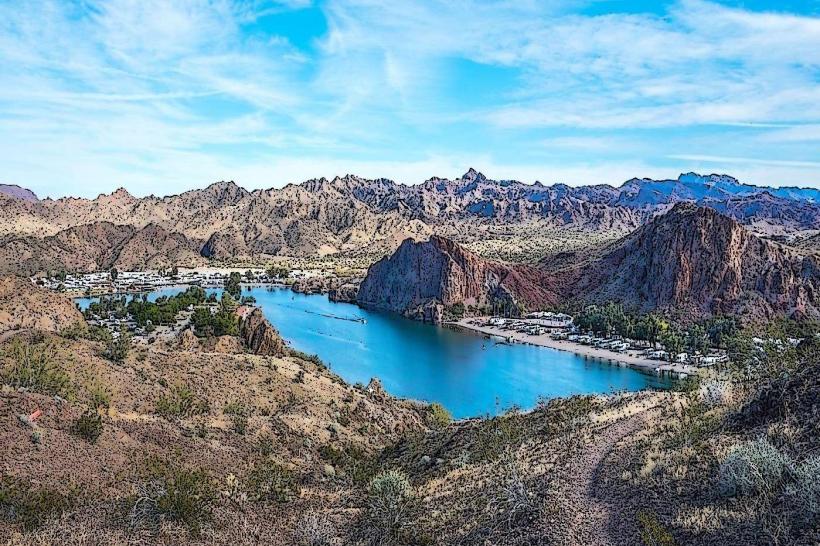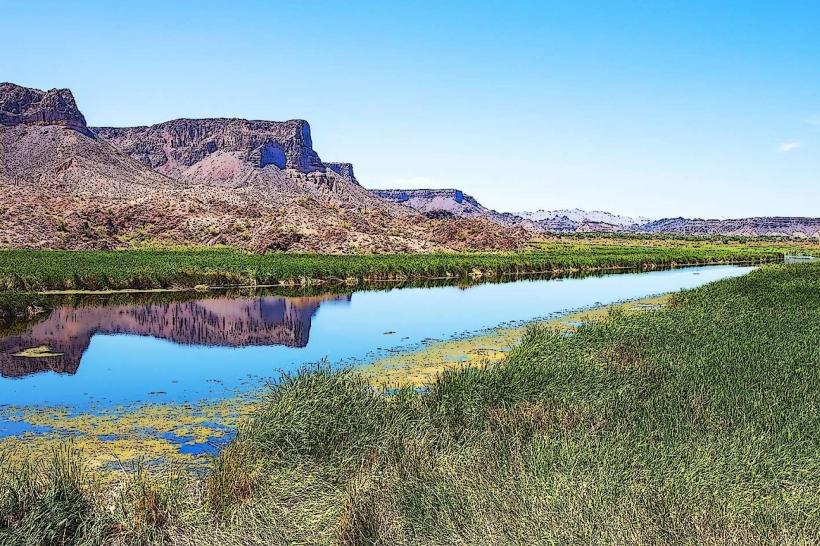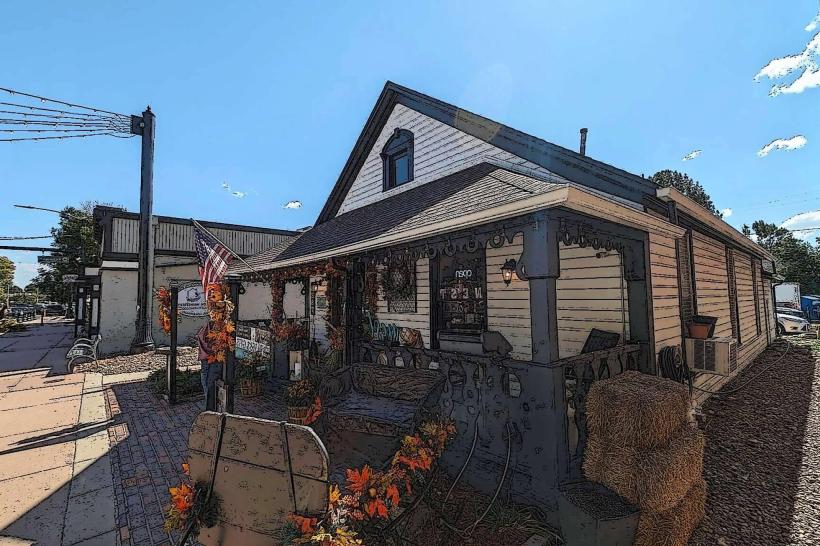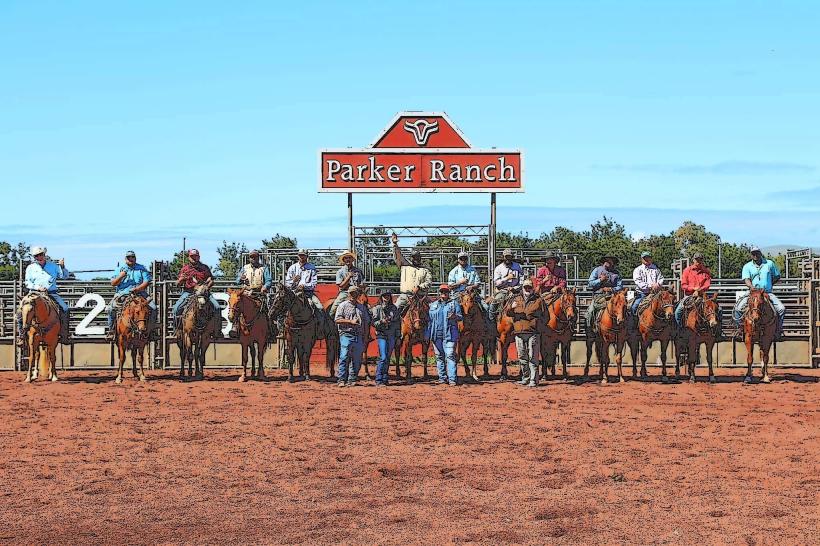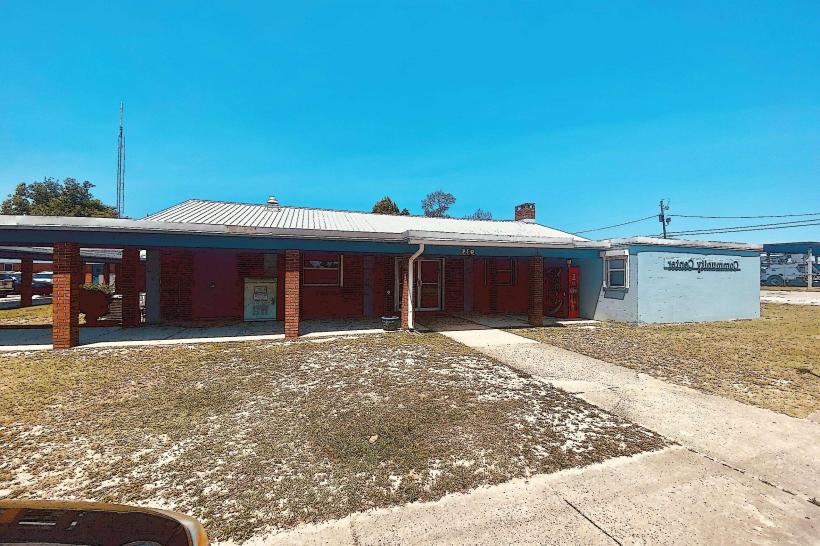Information
City: ParkerCountry: USA Arizona
Continent: North America
Parker, USA Arizona, North America
Overview
Parker, Arizona, is a lively little town in La Paz County, perched on the east bank of the Colorado River where the water glints in the afternoon sun, at the same time parker serves as the county seat, managing local affairs, yet it also charms visitors with river views, historic streets, and plenty of ways to play outdoors.Parker, founded in 1871 and incorporated in 1948, grew up alongside the river’s measured shimmer and the wide, sun-baked sweep of desert around it, meanwhile parker sits just south of Headgate Rock Dam, right beside Moovalya Lake, where the Colorado River glints in the afternoon sun.The town sits in the heart of the Sonoran Desert, where dry air carries the scent of creosote and saguaros stand tall, with rugged hills and flat-topped mesas rising all around, to boot it’s a true scorching desert climate, with summers that stretch on and scorch the air, temperatures often climbing past 100°F (38°C) and, in July, spiking near 109°F (43°C) under a relentless sun.Not surprisingly, Winter stays gentle here, with sunny afternoons in the 60s or low 70s and nights that almost never dip to a frosty chill, while parker gets barely five inches of rain a year, and not a single snowflake, making it a welcome escape for winter travelers fleeing icy streets and frosty air, in some ways Parker’s roughly 3,400 residents give it the feel of a petite town, where neighbors still wave as they pass and community ties run deep, then the population’s median age is about 38, a mix you can behold in busy office workers, parents at the park, and retirees enjoying a leisurely morning coffee.Parker’s a mix of cultures, home to many Native American families-especially members of the Colorado River Indian Tribes-alongside Hispanic and non-Hispanic White residents, at the same time this mix of cultures weaves through the town like glowing threads, showing up in the scent of street food at festivals, the laughter at neighborhood events, and the warmth of everyday life.Frankly, Parker’s economy is tightly linked to its spot on the Colorado River, where sunlit water and sandy banks draw visitors, making tourism its lifeblood, as well as the river offers plenty of ways to spend the day-boating, fishing, water sports, even camping by its banks-and it pulls in visitors all year, especially in winter when the air feels soft and cool.Tourism keeps local businesses thriving-from seaside resorts and family-run cafés to petite retail shops and guiding services, as well as agriculture still matters, though not like it once did-you can detect it in the empty fields where corn used to grow tall.The town bustles as the trading center for nearby areas, from the Colorado River Indian Reservation to petite neighboring communities where shop windows glow at dusk, in turn people work in retail shops, busy hotels, local government offices, hospitals, and schools.In Parker, housing stays fairly affordable compared to Arizona’s bigger cities, with the median home valued at about $220,000-enough to buy a tidy stucco house with a shaded front porch, then about 61% of residents own their homes, a sign of deep roots and steady commitment-you can perceive it in the well-tended gardens lining the streets.The median household brings in around $67,500, and living expenses run lower than in vast cities, which makes Parker appealing to retirees and snowbirds looking for a peaceful spot with views of the river, not only that attractions and Recreation - Colorado River Recreation: In Parker, everything outdoors seems to lead back to the Colorado River, where kayaks skim the sunlit water and families gather along its sandy banks.People flock here to boat, jet ski, fish, and swim, and it’s easy to get on the water with several boat launches and marinas ready to go, simultaneously just outside Parker, the river winds through a spot perfect for weekend wanderers and seasoned anglers alike, with the quiet splash of water against smooth stones.Just north of town, Parker Dam plunges deeper than any dam in the world, a feat of engineering along the Colorado River that draws history buffs and sightseers eager to catch the shimmer of sunlight on its waters, subsequently buckskin Mountain and River Island State Parks sit close by, offering campgrounds, winding hiking trails, shady picnic tables, and a chance to spot the vivid blooms and wildlife of the desert.La Paz County Park has campgrounds, ball fields, boat ramps, and shady picnic tables, making it a favorite spot for neighbors to meet and relax, while blueWater Resort & Casino, run by the Colorado River Indian Tribes, offers guests comfortable rooms, lively gaming floors, good food, and plenty of entertainment-drawing visitors that help keep the local tourism and economy thriving.Funny enough, Every year, Parker comes alive with events like roaring off-road races and the Parker Tube Float-a sunny tradition where locals and visitors drift downstream on shining inflatable tubes and rafts, besides in Parker, Community Services and Education benefit from the La Paz Regional Medical Center, a vital healthcare hub known nationwide for its top-notch care and steady hum of activity.The town hosts satellite campuses for Arizona Western College and Northern Arizona University, giving locals a chance to earn their degrees without leaving home-just a short hike past the library, also parks, recreation centers, senior centers, and other public services knit the community together, creating places where neighbors feel secure and at ease-like chatting on a shaded bench on a warm afternoon.Actually, Parker sits along Arizona State Route 95, a stretch of highway that links the town to Lake Havasu City’s sunlit shoreline in the south and the busy Interstate 40 corridor up north, meanwhile california State Route 62 runs across the Colorado River on the Parker Dam Bridge, connecting Parker with the minute desert towns scattered along the western bank, for the most part The transportation network keeps people moving-whether it’s a commuter catching the morning bus, a tourist exploring downtown, or goods rolling in by truck, subsequently parker, Arizona, is a quiet desert town along the river, built on its rich natural resources and the fun they bring-think boating under a blazing copper sunset.With its slight-town feel, low cost of living, and a short stroll to the Colorado River, life here revolves around kayaking at sunset, friendly gatherings, and a steady sense of calm, subsequently the town’s economy draws strength from tourism, local shops, and the surrounding farms, while traditions from Native American tribes weave in a rich sense of history, like the scent of cedar smoke at a festival.Parker draws retirees, nature lovers, and anyone chasing the lower Colorado River’s sunshine and red-rock views, making it a destination you don’t forget.
Author: Tourist Landmarks
Date: 2025-10-29
Landmarks in parker

